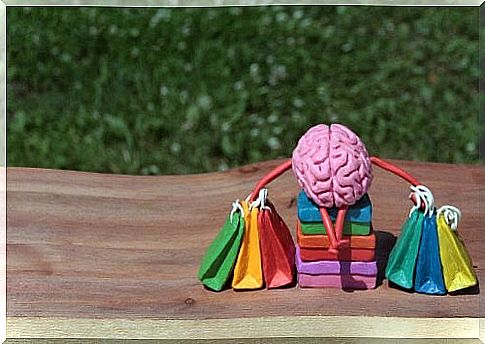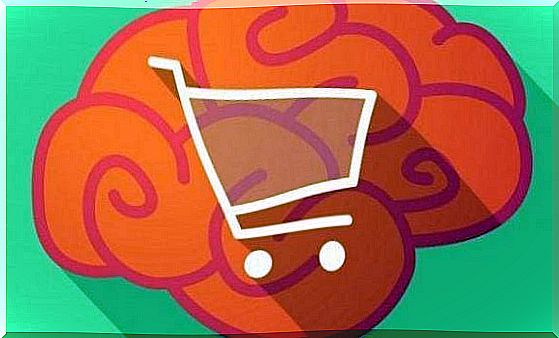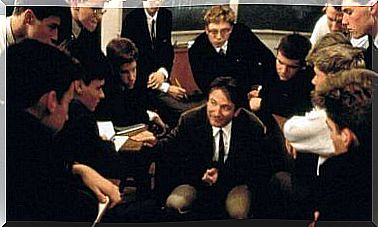5 Psychological Keys Applied To Marketing

To buy or not to buy, that is the question. The big brands do not have much leeway, however: this is why they are familiar with the psychological keys applied to marketing. A large company usually doesn’t leave too many variables to chance. In fact, if these depend on them, they even leave none. In other words, everything they use in their marketing campaign is designed for you to buy their product.
But for that to happen, they need to know what you want, what you need, and how you want that product. They therefore study the consumer so that they can apply psychology to marketing by optimizing each impact that we receive.
Psychological keys applied to marketing
Impulse is very important during the buying process. In a study published by companion Chase, Gallup and Harris Interactive, a series of psychological keys applied to marketing are described. Large advertisers rely on them to stimulate this buying impulse among consumers.
Our brains connect for impulsive decision making. So whether it’s because we planned it or not, because we wanted to at some point (a crush), we receive impacts from a multitude of brands, like “buy now” or “register now”… Do you really think it’s just a coincidence?
Studies on psychomarketing and neuromarketing show that our instinctive demands carry a great deal of weight when the brain looks for reasons to decide on such and such a thing. In other words, it’s instinct that decides everything. The experts know this and that’s why they play with our “fear of losing a good opportunity”. They awaken it, for example, when they tell us that there are few copies of such and such a product left.
Advertisers large and small rely on knowing our mindsets (the less the consumer thinks, the better) to launch their campaigns or present a product to us. They know that emotions play an important role in the majority of our decisions. So much so that we get stuck (not deciding anything) when making a decision based on reason (we are emotional beings who think).
Use of images
Few advertising campaigns neglect the visual aspect. In fact, it’s even likely that none of them do. Our brain processes a photograph much faster than a text, and so this is a very important point during the purchasing process.
A quality photo is a phenomenal ally for publicity. A powerful visual impact is always sought after. It must show us the success achieved through the possession of such product or service. Implicitly, he wants to tell us that whoever buys what is on offer will be happy, elegant, triumphant… In the end, he will be better than his previous “me”.

The use of colors
Do you think the colors of the marketing campaigns are random? That we use them because they have a nice effect? Colors have a much bigger role than that. Studies have been done to find out which tones can lead to better results.
Have you ever paid attention to how much blue there is on platforms like Twitter, Facebook, Paypal or Microsoft? This is obviously no accident. According to the studies of the psychology of color, blue gives confidence, it helps the user to enter because they will feel safe on these pages. So most of the big advertisers try blue first when they need to create their advertising strategy. As we said, it is not a coincidence: it is a point related to the culture, the experience and the fusion of these two elements.
The first yes is the most important
One of the strategies of psychomarketing can be to increase the cost of a service gradually. We might be reluctant to pay $100 for a service and maybe pay $90 more easily. The increase must not be too small because the consumer must not consider it negligible. He should not look elsewhere for other options.
Once you’ve given your first yes, it’s easier to buy a product later on. It is something that is done little by little, by gaining the confidence of the consumer. We give it the name of inbound marketing.
Many big brands are no longer looking for powerful impact and intrusive advertising. They are now looking for a first yes, a fantastic option to gain your trust and gradually offer you their content until you buy again.

Anchoring effect
Even if you want to see a wide variety of a particular product, the first ones we see are the ones that will serve as a benchmark. For example, they are there to tell us that others are expensive or not. This is why advertisers sometimes start by describing the options we have in their catalog, taking the more expensive ones as a starting point.
In addition to the anchor effect, advertisers want to be the first to capture our attention. Our memory tends to remember the first elements of a list better (also the last ones, the worst are those in the middle). Advertisers try to take advantage of this particular functioning of our memory by placing the most important messages at the beginning or at the end of a communication.
Emotions
Many psychological keys applied to marketing require the involvement of our most emotional side. Neuroscience has shown that a last-minute purchase is nothing more than the satisfaction of an impulse, regardless of how sophisticated one satisfies it.
This is how the big marketing gurus try to reach us with their campaigns. To be more and more effective, they study the market, its trends and its motivations. Tell yourself that the market is us, you and me and millions of other users. In a way, we are their goals.










